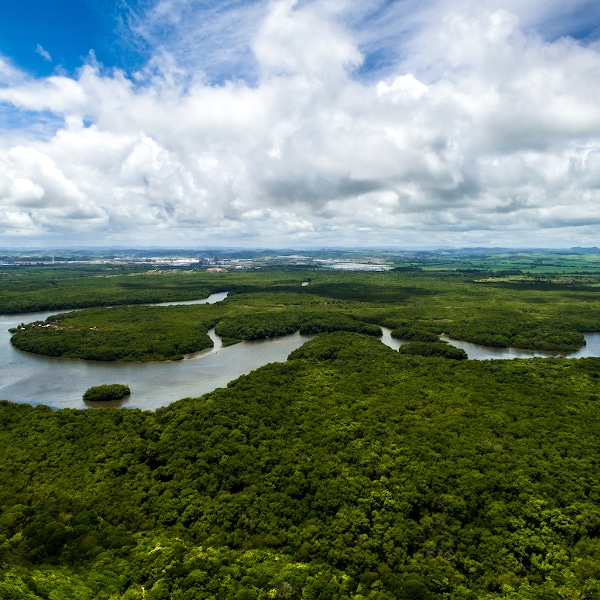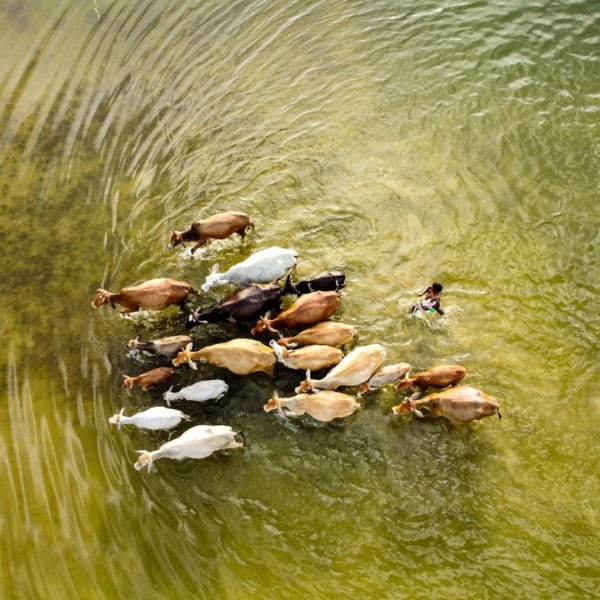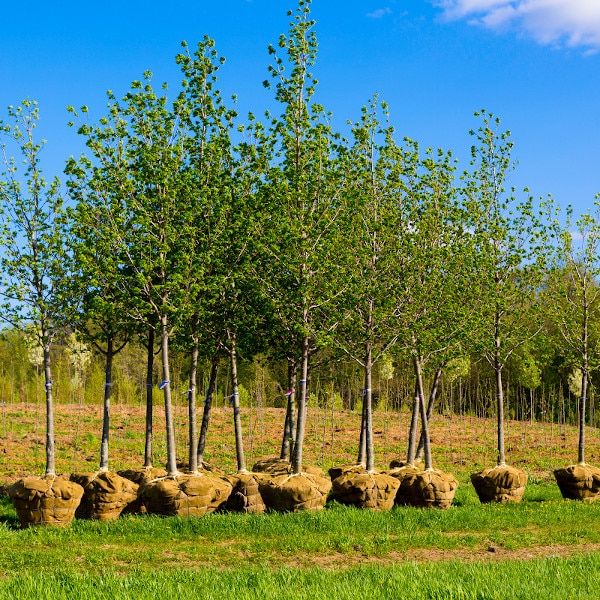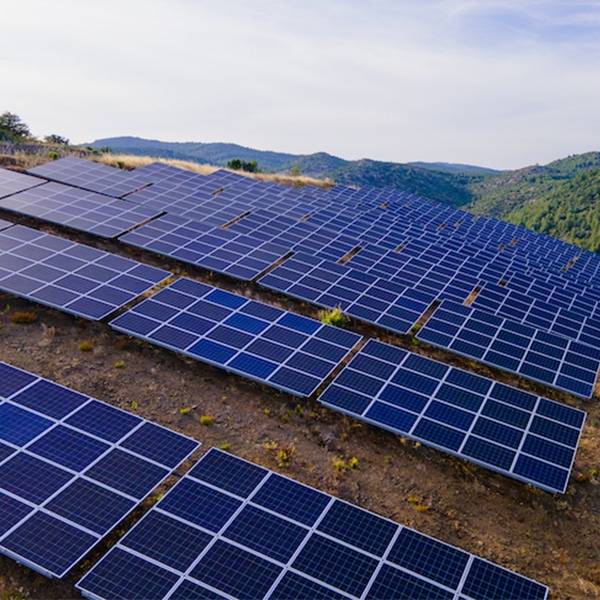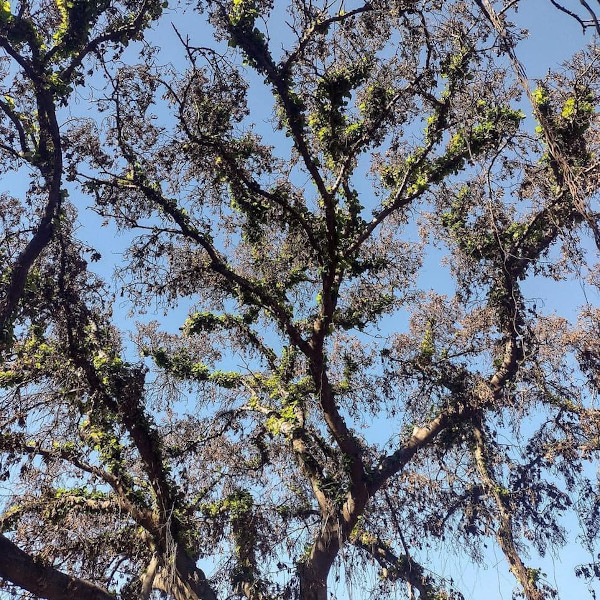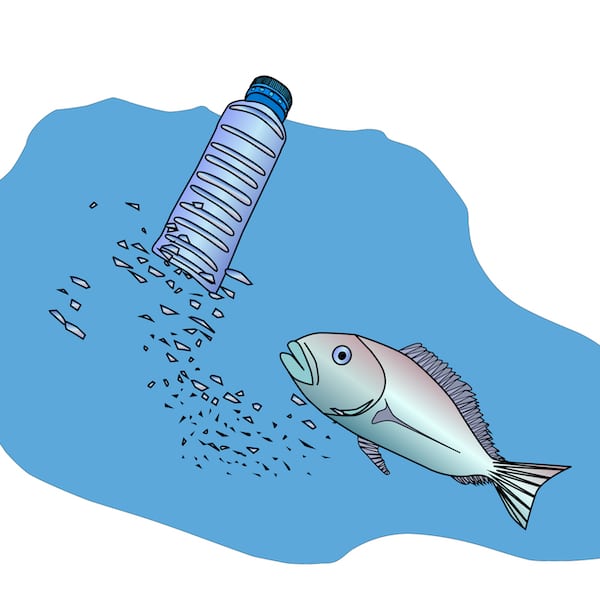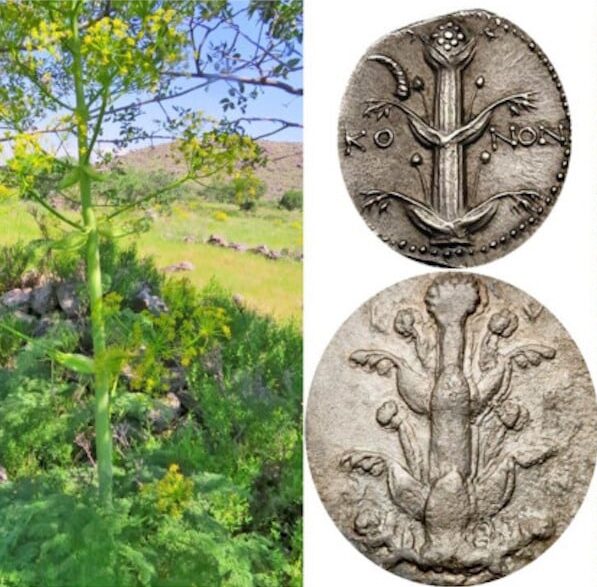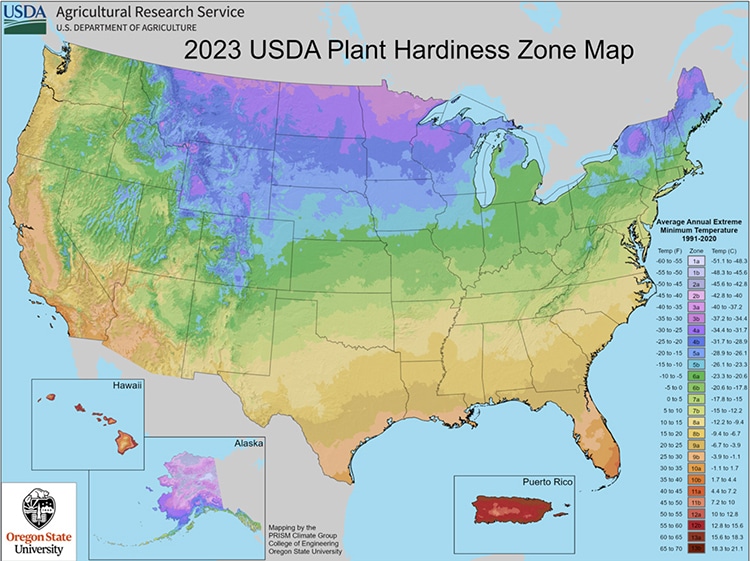
The 2023 Plant Hardiness Zone Map. (Photo: USDA)
For growing flowers and fruits, temperature is critical. The coldest night of each year determines the survival of perennial plants, those that pop up again every year. Meanwhile hot summer days can cause fruit to spoil while early thaws can allow flowers to spring too early. As the climate crisis accelerates, gardeners across the United States have speculated that the iconic USDA Plant Hardiness Zone Map created in 2012 needed updating to reflect the reality their plants were experiencing. The U.S. Department of Agriculture (USDA) has since done so, releasing a new 2023 map which depicts a warming country affecting gardens across the states.
The map is calculated based on the coldest temperature reached in the year and averaged over the period 1991-2020, as this ground temperature affects plant survival. Christopher Daly of Oregon State University, director of the PRISM Climate Group and the map’s lead author, addressed the methodology in a statement. Thirteen zones with a 10-degree-Fahrenheit range are subdivided into 5-degree range half-zones. “Overall, the 2023 map is about 2.5 degrees warmer than the 2012 map across the conterminous United States,” Daly said. “This translated into about half of the country shifting to a warmer 5-degree half zone, and half remaining in the same half zone. The central plains and Midwest generally warmed the most, with the southwestern U.S. warming very little.” As the data does not directly relate to global warming because of the random nature of “coldest days,” it is sobering in light of the hottest summer ever.
Gardeners had already noticed this warming in their daily activities. Rachel Patterson of Florida told NPR, “The sweet little grannies here are just heartbroken, they can't grow their tomatoes. It's so much hotter, the tomatoes burn.” Meanwhile, Megan London, a gardening consultant who lives in Arkansas, will take advantage of her warmer zone by planting what she could not grow before, including kumquats and mandarin oranges. She told NPR that these fun new possibilities come with a dark side: “We're excited, but in the back of our minds, we're also a little wary. In the back of our mind, we're like, ah, that means things are warming up. So what does this mean in the long run?”
The map is interactive and can be explored in detail online so that gardeners can zoom in on their exact locales. Additionally, researches use the map in research models on how plants and insects spread. The USDA considers it for risk and insurance purposes as well. Patterson, like other gardeners, wants the map to be a reminder of a dangerously warming future. She elaborated to NPR, “It's just going to keep getting hotter. So the government has to make policy changes to slow climate change down.”
The new USDA Plant Hardiness Zone Map for 2023 suggests the country is warming in ways which significantly affect viable local flora.
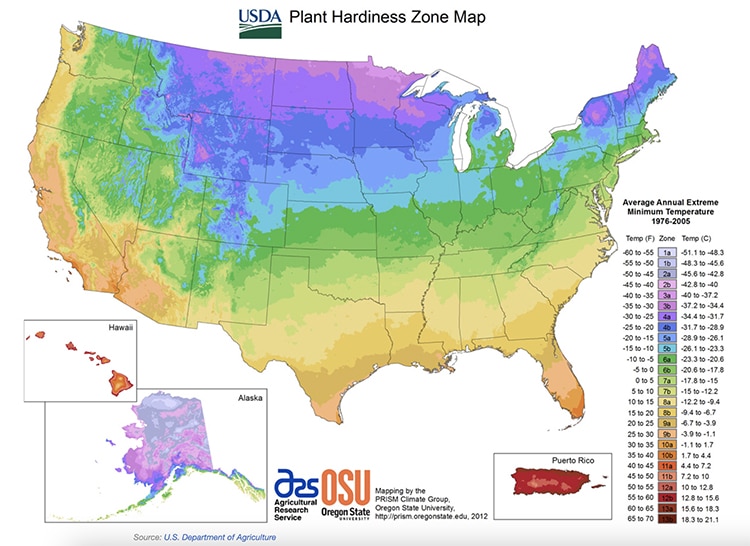
The 2021 edition of the map. (Photo: USDA)
h/t: [NPR]
Related Articles:
11 of the Most Popular House Plants That Are Perfect For Your Indoor Jungle
Six-Lane Highway Will Soon Be Covered With an Environmentally Friendly Land Bridge










































































